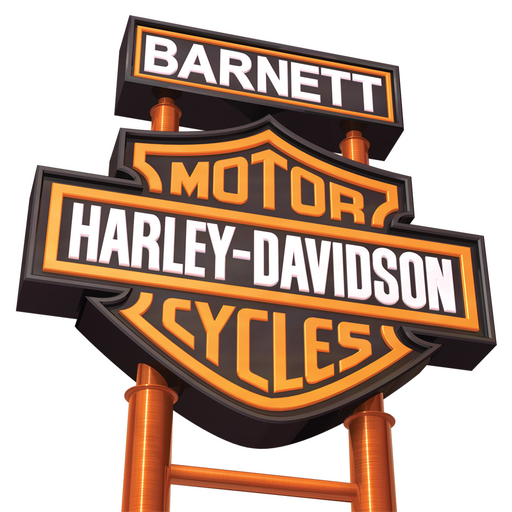Brat-style bikes are a bit hard to pin down to exactly what makes them a brat, but like porn, you know one when you see one. Legend has it that this cut (especially the aft frame section), chop (like a real Old School bobber), and stripped-of-weight style of smaller-engined (read – Japanese) motorcycle originated in a shop in Japan conveniently called Brat Style. There are other brat-style points you often, but not always see like thin flat slab seats (gotta be a two-up seat in case you run into a passenger you can’t pass up), similar pudgy-size tires front and rear, and using as much stuff as you can find around the shop to build it. From what I gather, brat-style bikes are supposed to be reasonably cheap, road worthy, and a hell of a lot of fun. Now don’t take that as an insult in any way as that’s what made early hot rodders cool and the garage builders of today almost as cool.
Rudy’s bike called BSA Brat was a actually a collaboration of sorts between his shop, Tattoo Custom Motorcycles, and another Charlotte-based shop called 2Topia Cycles owned by Nate Hamlin. 2Topia handled the mechanicals, electrical, and tuning aspects while Tattoo did the styling and finishing along with the exhaust and other stuff too boring for the average reader. The build was based on a 1970 BSA Lightning that had its 650cc engine deconstructed and totally rebuilt from the ground up by 2Topia. Making it just that bit more reliable and easier to kick start and run clean to the redline are a pair of brand new Amal 930 concentric carbs breathing through always sexy velocity stacks and a Boyer Bransden electronic ignition. At first I thought the twin high pipe exhaust was from a BSA Hornet scrambler, but England’s legendary parts maker of days gone by, Wassel, gets the credit for them. Header-wrapped with a short chrome pipe capped with a brass cap, there’s not a lot of sound deadening going on here so you can’t miss a beat from the unit-construction Brit twin even if you wanted to. You know, I think that was part of Rudy’s plan as BSAs have a sound of their own and this was just part of getting the full experience of being a BSA Brat.
The stock frame was kept basically stock with the exception of the traditional Brat shortened subframe. The front end including wheel is not original to this BSA but actually from Britain’s version of Chevy versus Ford, archrival Triumph. Not only is it from its main competitor, but it’s also a from 1970 version like the BSA. Meanwhile, out back a set of superb Ohlins shocks replaces the worn out stockers, but that’s not all. They’re mounted to a 3.5-inch-lomger custom swingarm that doesn’t look stretched in the least. The bike was stripped of its gloriously styled fiberglass frame covers, probably the most voluptuous ever made, to showing a leather dog collar holding down the battery. I don’t think they came that way from the factory, but I’ve never looked under the covers, only at them.
Simple, comfortable bars and retro gummy rubber Gran Tourismo-style grips with a mid-peg foot control position makes for quick and agile handling. This could come in handy in case Rudy ever gets to ride his brat bike through the crowded streets of Tokyo where this style was born, but it’s handy for North Carolina city and back road use too. The traditional plank of a brat seat has been upstaged a bit by the NitroHeads studded and covered café-style seat. Hey, just like our big American Harley bobbers, there are no set rules as to what makes a brat a brat. Same goes for the decades of patina finish Rudy went with. Brats come in any finish (or not) you desire. Like I said, you know one when you see one.
For more info on Tattoo Custom Cycles, punch up http://www.tattoomotorcycles.com/ and see what they’re all about. As far as 2Topia Cycles goes, stop your cursing and move your cursor to http://2topiacycles.com/.
